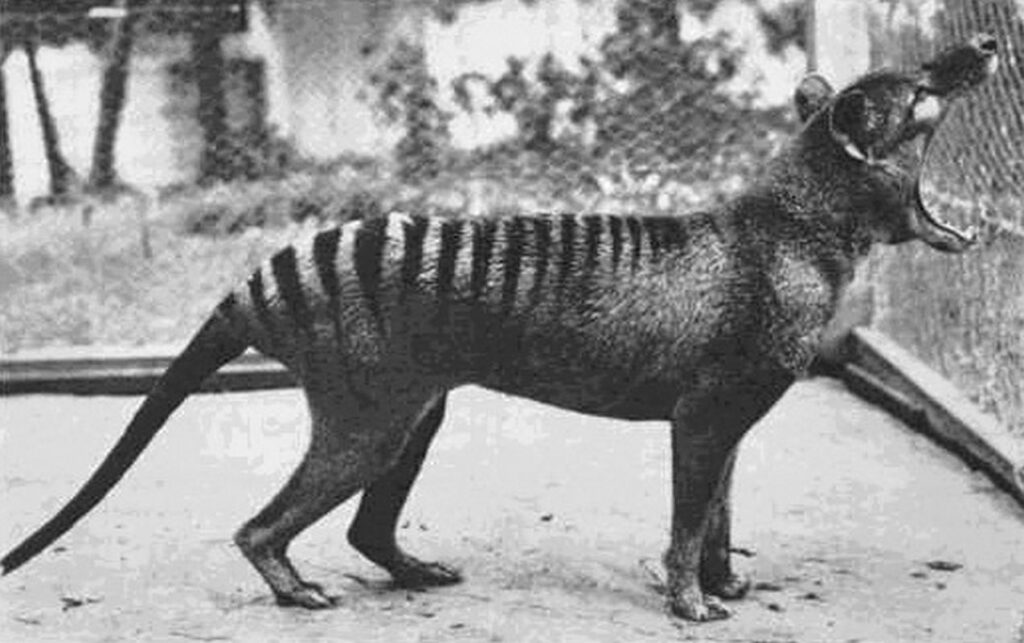In a historic breakthrough, a team of Scandinavian researchers has achieved a groundbreaking milestone by recovering messenger and micro RNA from a preserved Tasmanian tiger specimen, housed in a museum collection. This unprecedented feat represents the first-ever collection of RNA from an extinct creature, opening new avenues for studying extinct species and exploring possibilities beyond the realms of the past.
The Tasmanian Tiger Legacy:
The Tasmanian tiger, or thylacine, once ruled the Tasmanian forests as a unique apex predator. Having gone extinct 130 years ago, the potential resurrection of this iconic marsupial has garnered considerable attention. The newfound RNA insights offer a glimpse into the molecular intricacies of the thylacine, providing valuable information that could reshape our understanding of its biology and contribute to ongoing conservation discussions.
RNA’s Crucial Role in Resurrection:
As the possibility of resurrecting the thylacine gains momentum, the study highlights the crucial role RNA plays in decoding genetic instructions for skin and skeletal muscle coding. The Swedish-Norwegian team’s isolation of the transcriptome from a well-preserved Tasmanian tiger specimen reveals specific regulatory genes, such as microRNAs, that have been extinct for over a century.
Unlocking the Genetic Code:
The research not only marks a significant stride in paleogenomics but also underscores the potential of RNA recovery in studying and protecting endangered and extinct species. With museum collections worldwide housing a wealth of genetic information, this innovative technique holds promise for broader applications in the field of conservation biology.
Challenges and Future Implications:
Emilio Mármol, the lead author of the study published in the Genome Research journal, emphasizes the challenges involved in species resurrection, pointing out the need for a deep understanding of genome and transcriptome regulation. The study’s findings open doors to exploring the intricate web of genetic information in extinct species, bringing us one step closer to unraveling the mysteries of the past and potentially reshaping the future of conservation.
